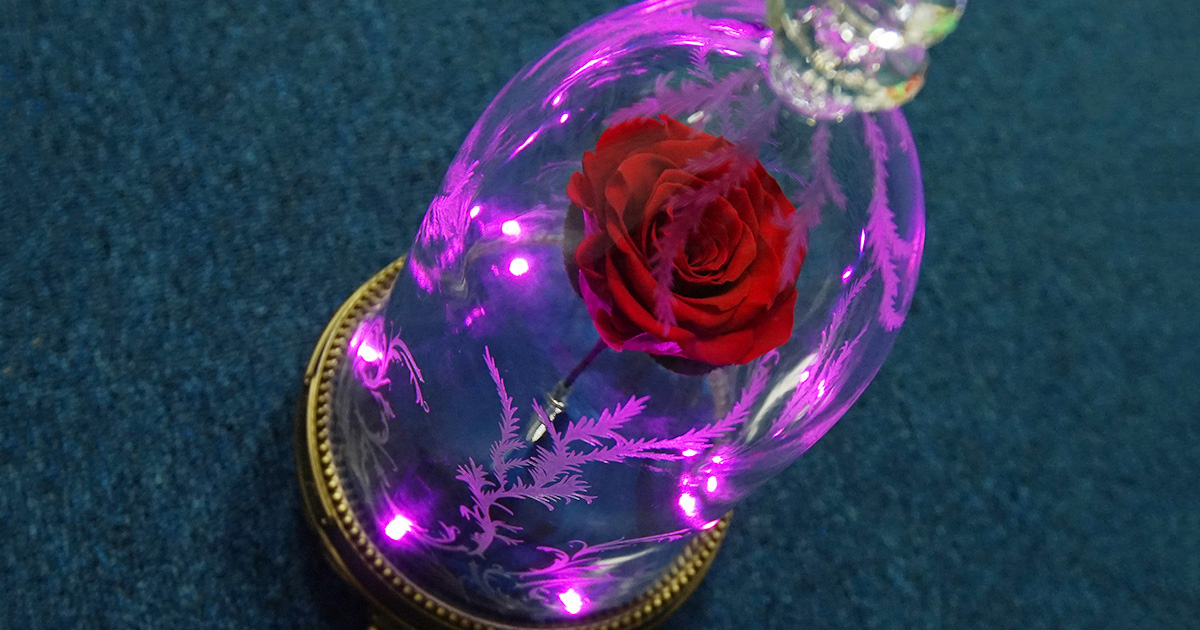Tone mapped high-dynamic-range (HDR) image of St. Kentigern's Church in, Lancashire, EnglandHigh-dynamic-range imaging ( HDRI) is a (HDR) technique used in imaging and to reproduce a greater of than what is possible with standard or photographic techniques. The aim is to present a similar range of to that experienced through the human. The human eye, through of the and other methods, adjusts constantly to adapt to a broad range of luminance present in the environment. The brain continuously interprets this information so that a viewer can see in a wide range of light conditions.HDR images can represent a greater range of luminance levels than can be achieved using more traditional methods, such as many real-world scenes containing very bright, direct sunlight to extreme shade, or very faint. This is often achieved by capturing and then combining several different, narrower range, of the same subject matter.
Non-HDR cameras take with a limited exposure range, referred to as LDR, resulting in the loss of detail in highlights or.The two primary types of HDR images are and images resulting from merging multiple low-dynamic-range (LDR) or standard-dynamic-range (SDR) photographs. HDR images can also be acquired using special, such as an.Due to the limitations of printing and, the extended luminosity range of an HDR image has to be compressed to be made visible. The method of rendering an HDR image to a standard monitor or printing device is called. This method reduces the overall contrast of an HDR image to facilitate display on devices or printouts with lower dynamic range, and can be applied to produce images with preserved local contrast (or exaggerated for artistic effect). Contents.Photography Dynamic ranges of common devices DeviceStopsContrast RatioSingle exposureHuman eye: close objects07.500150.200Human eye: 4° angular separation1308000.10000Human eye (static)10.1401000.15000Negative film 1308000best 1/1.7' camera 11.9 03800best 1' camera 12.7 06600best Four-Thirds DSLR camera 13.0 08200best APS DSLR camera 14.624800best Full Frame DSLR camera 14.828500In photography, dynamic range is measured in exposure value differences (known as stops). An increase of one EV, or 'one stop', represents a doubling of the amount of light. Conversely, a decrease of one EV represents a halving of the amount of light.

Therefore, revealing detail in the darkest of shadows requires high exposures, while preserving detail in very bright situations requires very low exposures. Most cameras cannot provide this range of exposure values within a single exposure, due to their low dynamic range.High-dynamic-range photographs are generally achieved by capturing multiple standard-exposure images, often using, and then later into a single HDR image, usually within a program.Any camera that allows manual exposure control can make images for HDR work, although one equipped with is far better suited. Images from film cameras are less suitable as they often must first be digitized, so that they can later be processed using software HDR methods.In most imaging devices, the degree of exposure to light applied to the active element (be it film or ) can be altered in one of two ways: by either increasing/decreasing the size of the or by increasing/decreasing the time of each. Exposure variation in an HDR set is only done by altering the exposure time and not the aperture size; this is because altering the aperture size also affects the and so the resultant multiple images would be quite different, preventing their final combination into a single HDR image.An important limitation for HDR photography is that any movement between successive images will impede or prevent success in combining them afterward. Also, as one must create several images (often three or five and sometimes more) to obtain the desired range, such a full 'set' of images takes extra time. HDR photographers have developed calculation methods and techniques to partially overcome these problems, but the use of a sturdy tripod is, at least, advised.Some cameras have an feature with a far greater dynamic range than others, from the 3 EV of the, to the 18 EV of the.


As the popularity of this imaging method grows, several camera manufacturers are now offering built-in HDR features. For example, the DSLR has an HDR mode that captures an HDR image and outputs (only) a tone mapped JPEG file. The, and offer similar features in a smaller format.
Nikon's approach is called 'Active D-Lighting' which applies exposure compensation and tone mapping to the image as it comes from the sensor, with the emphasis being on creating a realistic effect. Some provide HDR modes, and most have apps that provide HDR picture taking.Camera characteristics such as, sensor resolution, noise, calibration and affect resulting high-dynamic-range images.Color film negatives and slides consist of multiple film layers that respond to light differently.
Original film (especially negatives versus transparencies or 'slides') feature a very high dynamic range (in the order of 8 for negatives and 4 to 4.5 for slides).Tone mapping.Comparison with traditional digital images Information stored in high-dynamic-range images typically corresponds to the physical values of or that can be observed in the real world. This is different from traditional, which represent colors as they should appear on a monitor or a paper print. Therefore, HDR image formats are often called scene-referred, in contrast to traditional digital images, which are device-referred or output-referred. Furthermore, traditional images are usually encoded for the human (maximizing the visual information stored in the fixed number of bits), which is usually called gamma encoding. The values stored for HDR images are often or encoded, or linear values, since linear encodings are increasingly inefficient over higher dynamic ranges.HDR images often don't use fixed ranges per color —other than traditional images—to represent many more colors over a much wider dynamic range. For that purpose, they do not use integer values to represent the single color channels (e.g., 0-255 in an 8 bit per pixel interval for red, green and blue) but instead use a floating point representation. Common are 16-bit ( ) or 32-bit numbers to represent HDR pixels.
However, when the appropriate is used, HDR pixels for some applications can be represented with a that has as few as 10–12 bits for luminance and 8 bits for without introducing any visible quantization artifacts. History of HDR photography Mid 19th century.
An 1856 photo byThe idea of using several exposures to adequately reproduce a too-extreme range of was pioneered as early as the 1850s by to render seascapes showing both the sky and the sea. Such rendering was impossible at the time using standard methods, as the luminosity range was too extreme.
Le Gray used one negative for the sky, and another one with a longer exposure for the sea, and combined the two into one picture in positive. Mid 20th century External image, byManual tone mapping was accomplished by – selectively increasing or decreasing the exposure of regions of the photograph to yield better tonality reproduction. This was effective because the dynamic range of the negative is significantly higher than would be available on the finished positive paper print when that is exposed via the negative in a uniform manner. An excellent example is the photograph Schweitzer at the Lamp by, from his 1954 A Man of Mercy on Dr. And his humanitarian work in French Equatorial Africa. The image took 5 days to reproduce the tonal range of the scene, which ranges from a bright lamp (relative to the scene) to a dark shadow.elevated dodging and burning to an art form. Many of his famous prints were manipulated in the darkroom with these two methods.
Adams wrote a comprehensive book on producing prints called The Print, which prominently features dodging and burning, in the context of his.With the advent of color photography, tone mapping in the darkroom was no longer possible due to the specific timing needed during the developing process of color film. Photographers looked to film manufacturers to design new film stocks with improved response, or continued to shoot in black and white to use tone mapping methods. Multiple exposures merging of images created a ghost effect from the fast moving subject. Multiple exposures anomalies This fast-moving subject captured by an Apple iPhone 6 benefited from HDR by exposing both the shaded grass and the bright sky. However, the merging of images from a fast moving golf swing lead to a ghost effect.HDR sensors Modern can often capture a high dynamic range from a single exposure. The wide dynamic range of the captured image is non-linearly compressed into a smaller dynamic range electronic representation. However, with proper processing, the information from a single exposure can be used to create an HDR image.Such HDR imaging is used in extreme dynamic range applications like welding or automotive work.
2017 Hdr Tv
Some other cameras designed for use in security applications can automatically provide two or more images for each frame, with changing exposure. For example, a sensor for 30fps video will give out 60fps with the odd frames at a short exposure time and the even frames at a longer exposure time. Some of the sensors on modern phones and cameras may even combine the two images on-chip so that a wider dynamic range without in-pixel compression is directly available to the user for display or processing.See also Wikimedia Commons has media related to.References.